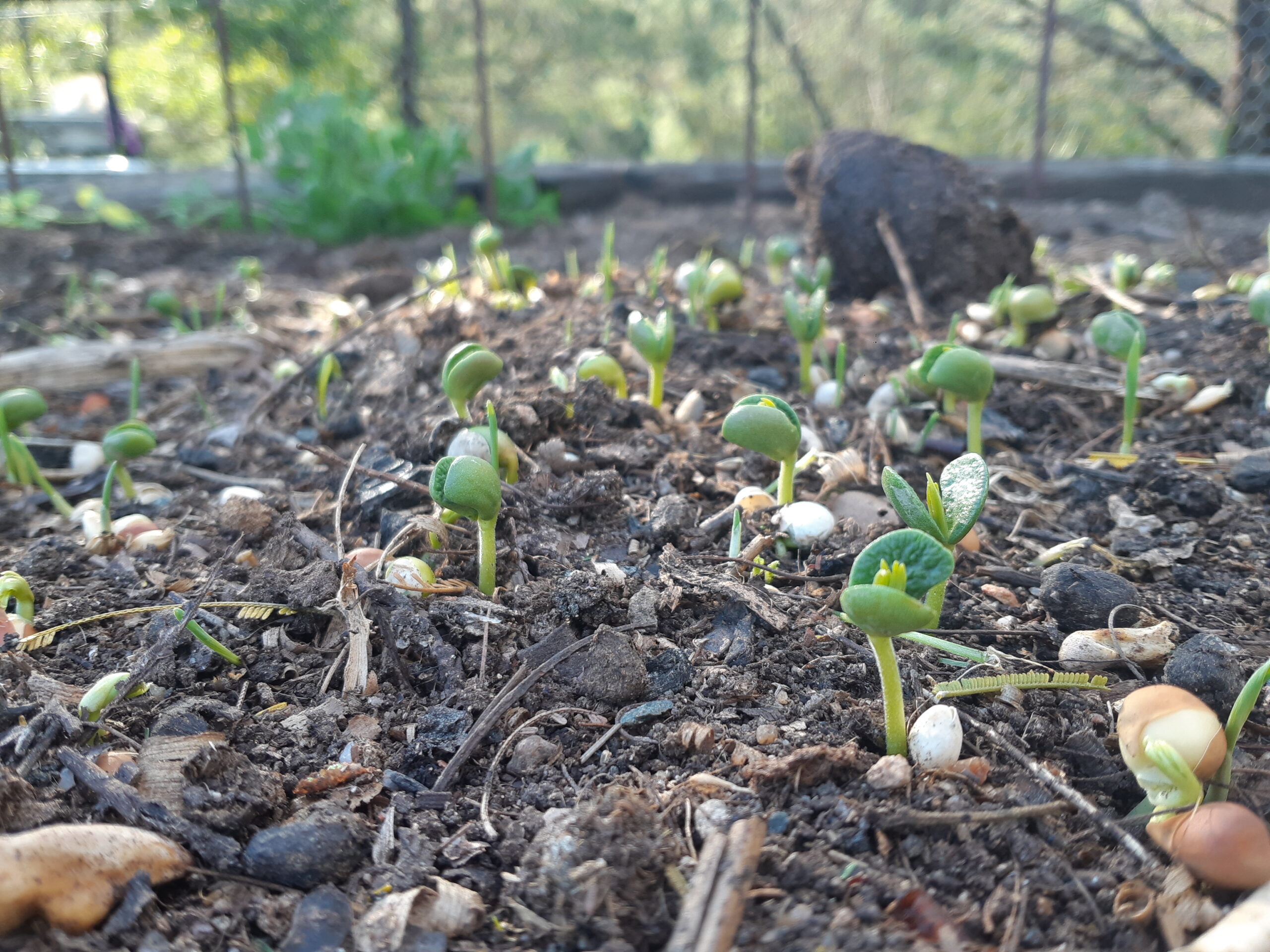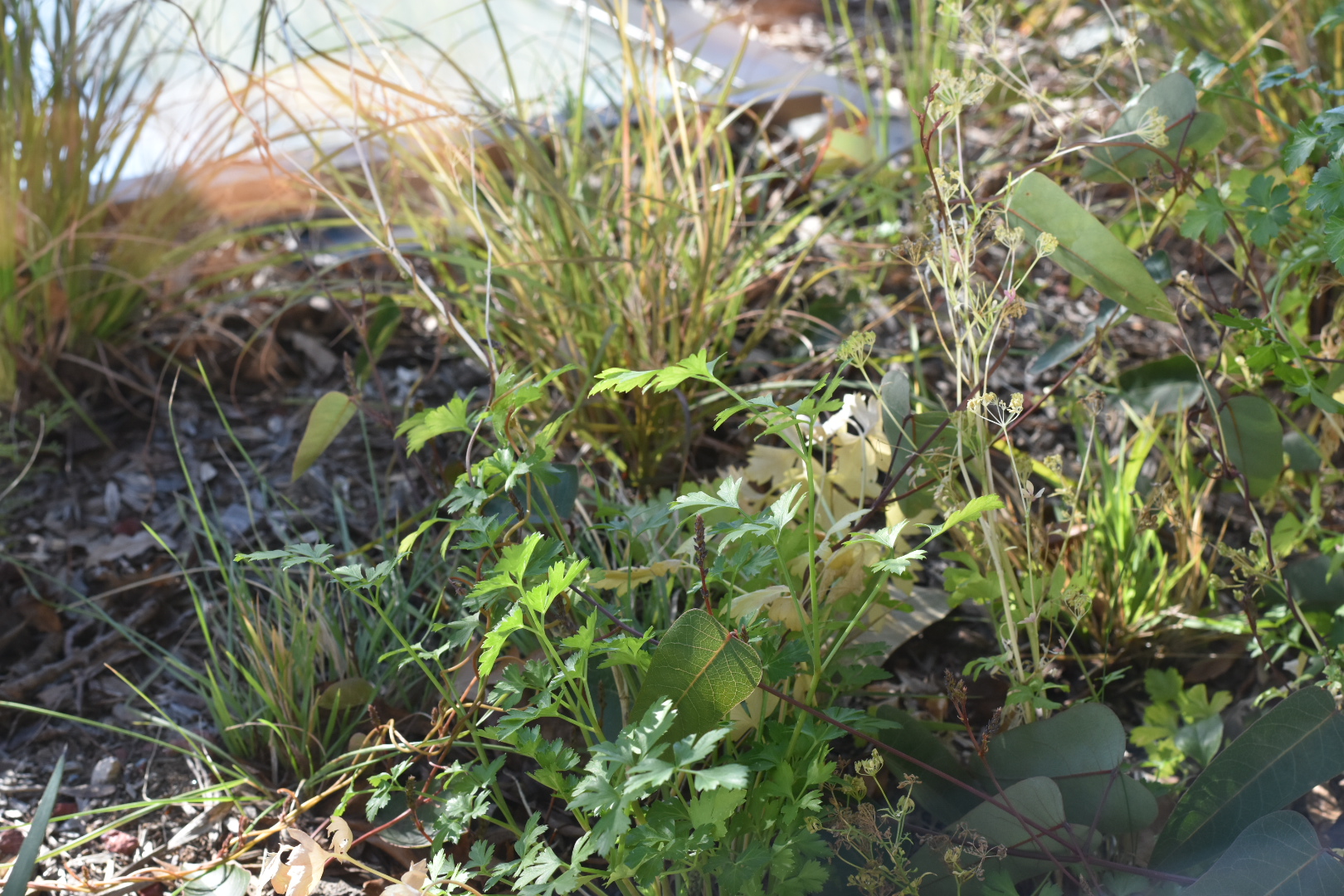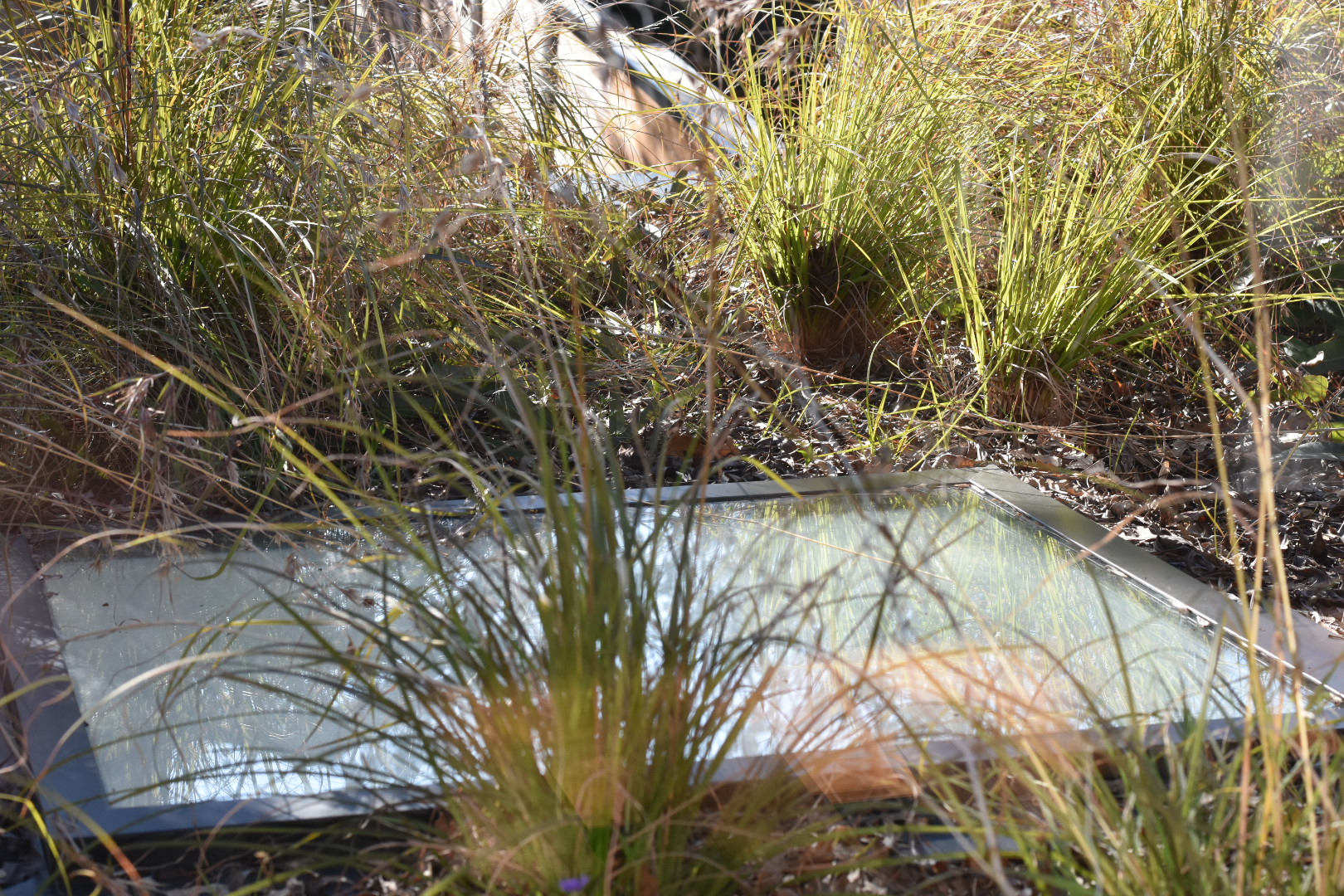Greenlight Building specialises in green roofs for residential buildings. Head builder, Darcy Henderson, was awarded a Churchill Fellow scholarship in 2013 to study green roofs in Europe. He is one of Australia's top experts on timber-supported green roofs with extensive experience in designing, building and maintaining Australian green roofs.

What is a green roof?
From the turf roofs of Viking dwellings in Scandinavia to the ‘hanging gardens’ of ancient Babylon, green roofs have a history reaching back thousands of years. Modern green roofs and walls are building elements designed to support living vegetation in order to improve a building’s performance. Also known as ‘living’ roofs and walls, they are emerging as important additions to the palette of construction techniques for creating healthy, ecologically responsible buildings.
A green roof is a roof surface, flat or pitched, that is planted partially or completely with vegetation and a growing medium over a waterproof membrane. They may be ‘extensive’ and have a thin growing medium (up to 200mm deep) with ‘groundcover’ vegetation, or ‘intensive’ and have soil over 200mm deep supporting vegetation up to the size of trees.
Our green roofs
Our unique green roofs are timber-framed and supported.
The green roof is comprised of the following layers:
- waterproofing membrane (built-up roof, single-ply membrane or fluid-applied membrane; modified bitumen or plastic sheeting is most typical)
- root barrier (polyethylene sheeting, copper or copper compounds in the membrane)
- insulation (optional)
- drainage layer (synthetic drainage mesh, granular aggregate)
- filter fabric (geotextile)
- growing medium — also known as planting medium or substrate (manufactured soil, crushed brick or other inorganic material which may be supplemented with organic material such as coconut fibre or coir)
- vegetation (shallow rooted on extensive roofs, deeper rooted on intensive roofs).
We install irrigation from the top through soaker hoses so you do not need to get onto the roof to water the vegetation.
Images to the right: Native Australian vegetation and herbs growing in one of our timber-framed green roofs


benefits of a green roof
Heating and cooling
In Australia, the energy benefits of green roofs are most pronounced in their ability to reduce summer cooling demands. Their contribution to insulating and shading buildings can help significantly in reducing energy consumption and carbon pollution. However, it is difficult to obtain accredited insulation values for green roof construction. For specifying and code compliance purposes, thermal insulation standards should be met by conventional means with the additional insulation value of a green roof regarded as a bonus (an energy assessor may be able to give some credit for a green roof).
Sound insulation
In busy urban settings the acoustically absorbent nature of soil and vegetation of green roofs can insulate against the noise of heavy vehicles like trains, trams, buses and trucks. One office building under the flight path of San Francisco’s International Airport, planted with a mixture of indigenous grasses and wildflowers, helped to achieve reductions in noise levels of up to 50 decibels.
Fire resistance
The soil used in green roof construction is fire resistant. The different kinds of vegetation that might be found on a green roof range from shallow-rooted succulents, which burn poorly and offer good fire resistance, to more substantial plants on intensive roofs that can include shrubs and trees. Although dry vegetation can present a hazard, the amount of dry vegetation on an extensive roof is unlikely to support more than low-intensity fires.
The capacity of any rooftop vegetation to support ongoing conflagration is limited and a green roof can be expected to have good fire resistance, particularly if it is vegetated with succulents or when the growing medium is saturated. There are no relevant Australian codes as yet, but as an example, German building codes require a 600mm fire break in the planting every 40m. Fire-activated sprinkler irrigation can further reduce risk.
Breathability and toxicity
Vegetation in urban areas can filter out fine airborne particles that then wash off into the soil and foliage can absorb many gaseous pollutants so it can be reasonably assumed that green roofs provide the same services.
Studies have shown that green roofs can trap up to 95% of heavy metals in the local atmosphere.
Storm water management
Green roofs can reduce the costs of dealing with the nationwide increase in peak rainfall events associated with climate change in Australia by retaining stormwater and slowing rainfall runoff. Student research at the University of Queensland has shown runoff reductions of up to 42% achieved with only 100mm of soil planted with moderate growth turf; as the soil depth and vegetation water use is increased, so does retention capacity. Retention and binding of contaminants (bird droppings or atmospheric pollution) can help remove harmful pollution from runoff into aquatic ecosystems.
